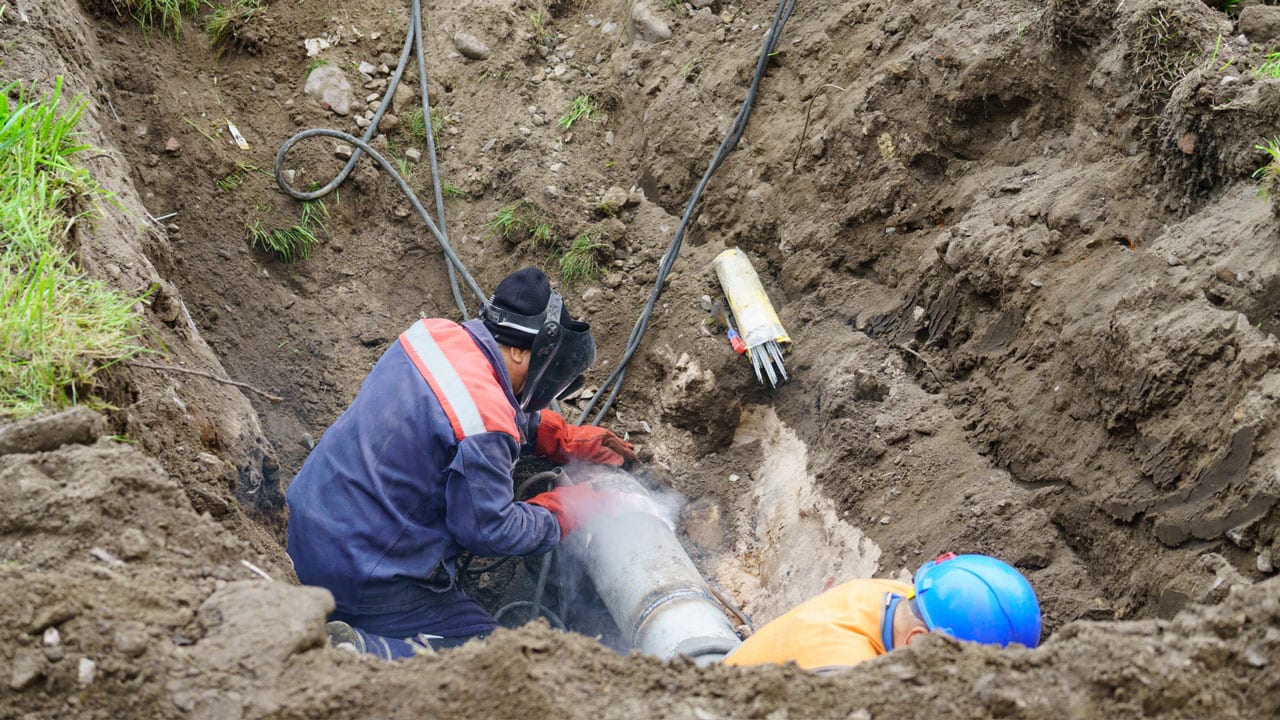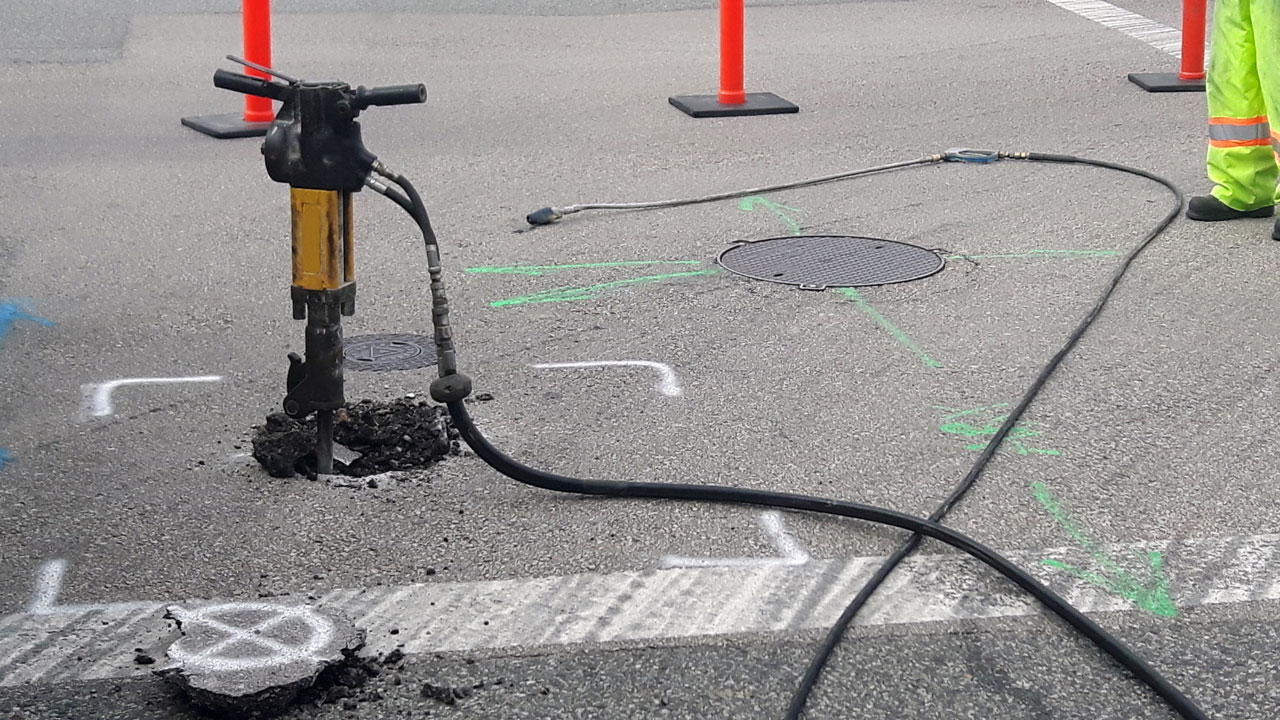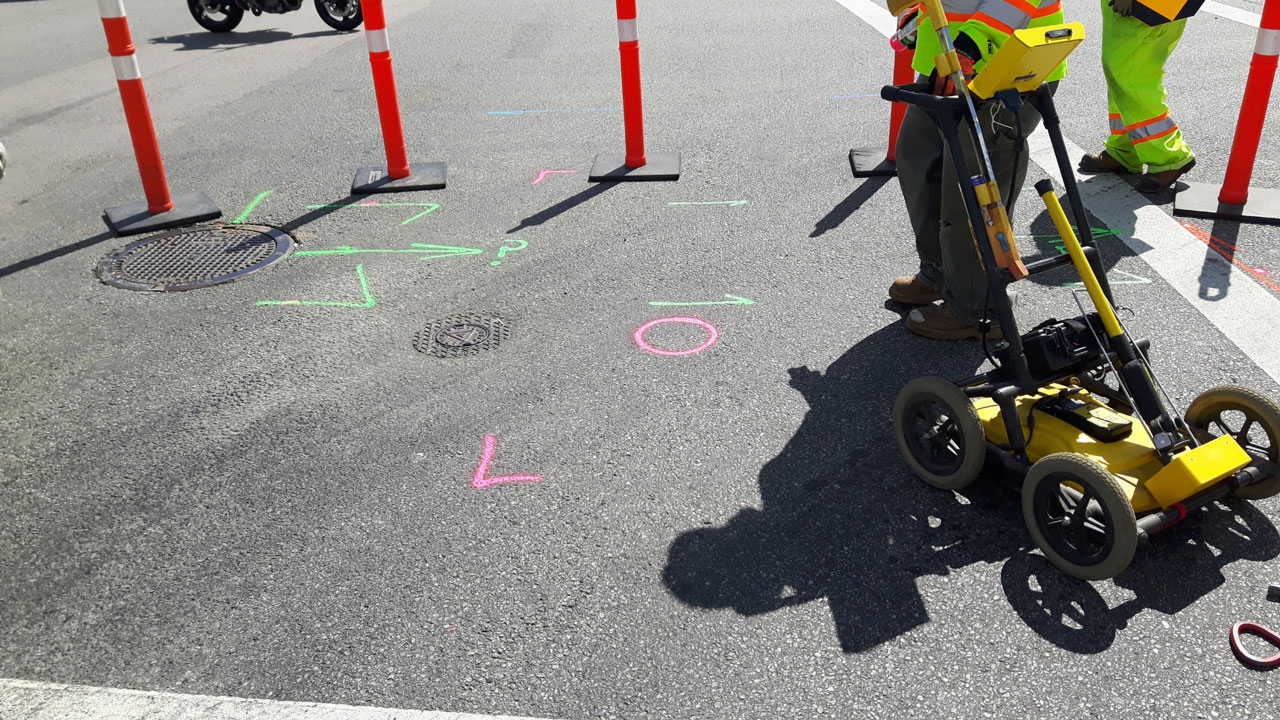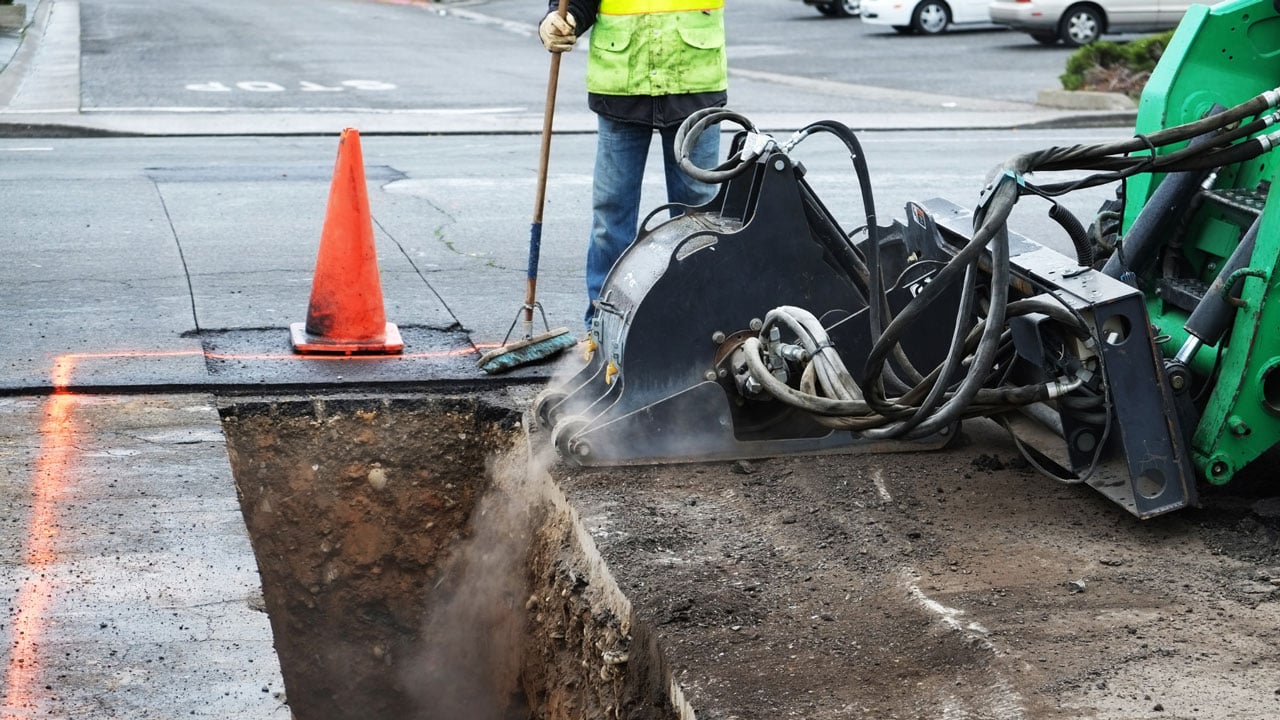Key Takeaways
- Underground utilities provide essential services such as water, electricity, and internet.
- Using “Call Before You Dig” and other communication tools prevents utility damage.
- Ground penetrating radar and other technologies are crucial for accurately locating underground utilities. This helps you avoid damage during excavations.
- Comprehensive excavator training is essential to prevent damage. Regular utility maintenance is also vital to identify potential issues early.Educa
- tional campaigns and predictive technologies are key. They raise awareness and cut risks linked to underground utilities.
Understanding the role of utility locating is important. It helps prevent damage in any excavation project. Disruption to any of these lines can lead to significant inconveniences and dangers. Accidents happen, though.
If you hit an underground utility line, always remember to:
- Immediately ensure everyone’s safety and evacuate
- Contact emergency services
- Call the utility company to report the incident
This guide offers more detailed step-by-step instructions on what to do in such a predicament. We discuss everything from immediate actions to long-term preventive measures.
Potential Risks Of Hitting An Underground Utility Line
Hitting underground utility lines can cause:
- Immediate Dangers:
- Gas Leaks: Risks of explosions or fires, especially in dense areas.
- Electrical Hazards: Potential for shocks, electrocution, or fires, posing risks to everyone nearby.
- Water Line Damage: Causes flooding, damages infrastructure, disrupts services, and incurs high repair costs.
- Long-Term Consequences:
- Environmental Impact: Soil and water contamination leads to ecological damage and expensive cleanups.
- Legal and Financial Repercussions: Potential for lawsuits, fines, and higher insurance costs.
- Service Disruptions: Extended outages requiring significant time and resources to repair.
Safety Precautions Before Digging
Effective planning is key to safe excavation and avoiding utility damage:
- Preparation:
- Review utility maps to plan accurately.
- Consult experts to understand site conditions.
- Train personnel in safety and emergency procedures.
- Put safety measures in place, like cave-in protection and hazard checks.
- Using Utility Locating Services:
- Contact Before Digging: Notify utility locators early to mark underground utilities.
- Wait for Marking: Ensure all utilities are marked before digging begins.
- Respect the Markings and Dig Carefully: Follow the markings and use gentle digging methods. For example, use potholing or vacuum excavation to avoid damage.
Step-By-Step Guide: What To Do If You Hit An Underground Utility Line
Immediate Actions
If you accidentally strike an underground utility line, it’s crucial to manage the situation with urgency and care to prevent further hazards:
- Stay Calm and Assess the Situation: Quickly assess the situation while maintaining calm. Determine which type of utility may have been struck—whether it’s gas, electrical, water, or telecom.
- Evacuate the Area If Necessary: In cases like gas leaks or exposed electrical wires, immediate evacuation is necessary to ensure safety. Establish a safe perimeter and restrict access until professionals can manage the hazard.
- Contact Emergency Services: If there is an immediate danger, such as a gas leak or risk of fire, call 911 right away. Alert emergency services to manage the risk of explosions or other dangers.
- Notify the Utility Company: First, make sure everyone is safe and call emergency services if needed. Utility companies can give specific instructions. They can also send professionals to address and secure the site.
Assessing Damage And Coordinating Repairs
After addressing the immediate safety concerns, assess the damage and coordinate repairs:
- Communicate with Utility Companies: Report the incident to the involved utility companies. Provide them with all the details of the incident, including the location, time, and type of utility line affected. This information will help them prepare for the necessary repairs.
- Assess and Document Damage: Evaluate the extent of the damage with the help of utility professionals. It’s important to document all details of the damage for insurance claims and potential repairs. Take photographs and make notes of any visible signs of damage.
- Coordinate Repairs: Work with the utility company to plan and coordinate repairs. They will often handle the major repair work. However, coordination with them will ensure the repairs are completed efficiently and safely.
- Manage Costs: Discuss the repair costs with the utility company. In some cases, if the damage was accidental, your insurance may cover some of the damage and repair costs.
Documenting The Incident
Documenting an underground utility strike incident is crucial. It is key for insurance claims and potential legal proceedings. Good documentation can ensure you are covered for the incurred damages. This can also protect against liability claims from affected third parties.
Tips On What Information To Document
When documenting the incident, it’s important to record:
- The exact date and time of the incident.
- The specific location and details of the utility line affected.
- Descriptions and photos of the damage.
- The steps are taken immediately following the incident. This could be making calls to emergency services or the utility company.
- Correspondences with any contractors, utility company representatives, or legal advisors post-incident.
How To Effectively Report The Incident
Organize all collected information and ensure it is readily accessible. Share this documentation with your insurer. You may need to present it in legal contexts if disputes or claims arise. Detailed logs and photos are effective. They help to show the scope and details of the incident to the involved parties.
Preventing Future Incidents
Every incident provides a learning opportunity. It helps enhance future safety measures. Look at what went wrong. See how to prevent it next time. This helps improve safety training and how things are done on the job.
Ongoing Safety Practices
To prevent future incidents, it is essential to adhere to best practices in excavation and utility management:
- Always call a utility locating service before excavating to ensure all underground utilities are accurately marked.
- Employ proper digging tools and techniques to minimize the risk of utility strikes.
- Consider using non-invasive methods like ground-penetrating radar for more complex projects. It can also be used in areas with high utility congestion.
- For projects involving close proximity to marked utilities, consider potholing for utilities to confirm the presence and exact position of underground lines visually.
Community Education On Safe Digging Practices
Teach people in your community to respect the colored flags and paint marks that show where underground utilities are. Also, tell them how to dig safely. This will help prevent accidents that damage power lines, water pipes, and other things buried underground.
Here are some ways to do this:
- Run public awareness campaigns.
- Join safety programs in your town.
Frequently Asked Questions
What happens if I hit a buried pipe or wire?
It can be dangerous if you accidentally hit a buried pipe or wire. A gas leak can lead to explosions or fires, especially in crowded areas. Electrical lines can give you a shock or start a fire, putting everyone nearby at risk. Even a damaged water line can cause flooding, damage property, disrupt services, and cost a lot to fix.
What should I do if I hit a utility line?
The most important thing is to stay calm and ensure everyone’s safety. If you hit a utility line and someone is hurt, call 911 immediately. Then, get everyone away from the area. If there’s a gas leak or exposed wires, you’ll need to create a safe zone and keep people away until professionals arrive. Finally, call the utility company to report the damage so they can come and fix the line.
How can I avoid hitting underground utilities?
the best way to avoid hitting underground utilities is to call a special service before you dig. These professionals will come to your location and mark the ground with paint or flags to show where the underground lines are buried. Once they’ve marked the area, you can carefully dig around the markings to avoid hitting any pipes or wires.
What should I document if I hit a utility line?
If you accidentally hit a utility line, it’s important to document everything. This will be helpful for your insurance company and in case of any legal issues. Write down the date and time of the incident and the exact location of the damage. Also, take pictures of the damage itself. You should also record who you contacted, like the emergency services or the utility company.
How can I prevent future incidents?
Always call a utility locating service before you dig any holes, no matter how small. Use the right tools and techniques to minimize the risk of damaging any lines. For trickier projects, consider using special tools like ground-penetrating radar to see what’s buried underground.
Ensure Digging Safety With Util-Locate’s Expert Utility Locating Services
Finding a struck utility line can be daunting. However, with the right knowledge and protocols, you can handle these situations safely and efficiently. You can swiftly navigate the aftermath of such incidents by following the guidelines. They include immediate safety steps, accurate documentation, and clear communication with utilities. Also, taking proactive steps can help. For example, using Util-Locate’s precision services before any digging project. This can greatly cut the risk of utility strikes. Protect your property and community by employing professional services.
Don’t risk your safety and property. Before your next digging project, ensure peace of mind by scheduling a utility locating service with Util-Locate. Visit Util-Locate to learn more about our services and how we can help prevent utility damage.




